If you didn’t have accidents in your childhood of stepping on a Lego block, you do not understand pain. Sadly you also won’t understand true fun. Rest assured almost every single one of you has had a Lego set on their Christmas wish list when you were kids. It is very nostalgic for all of us. It is nothing short of a joy to learn more about everyone's go-to toy brand in more detail!
Lego hails from Billund, Denmark. Its history dates back to the early nineteen hundreds. A Danish carpenter Ole Kirk Christiansen had a knack for making wooden toys in 1932 which he converted into a proper business “Lego”; it is a derivative of the Danish words “leg godt” meaning “play well”. The more familiar colorful plastic blocks came to exist in 1947 when Lego took over the world.
This brand has been around for almost a century so it won’t come as a shock that as of 2015, they have manufactured a whopping 600 billion Lego parts! The company has done more than well for itself, or has it? To understand the company in more detail, we have conducted a Lego PESTLE Analysis.
Political Factors
Politics are always risky to step into. No matter which view you support, what side you are on, you are bound to find a group of people to disagree with your opinions. For brands, this can become tricky because many people associate with brands that seem to be politically correct in their eyes.
Contrary to almost every other mainstream brand, Lego has always had a core belief that they will not be meddling with any political values or beliefs through their product range. They allow customers to submit their Lego creations on their website, the ones which get the most votes are even converted into a proper product line.
In 2015, a US journalist Maia Weinstock submitted her work which featured all the female Supreme Court justices as her ode to International Women’s Day.
Her work got rejected under the reason that it sided with a political view and Lego cannot have any say in it. They did face backlash because celebrating women’s achievements is not a political concern.
Another story from 2015 is of the Chinese artist Ai Weiwei, who was about to have an exhibition in Melbourne of his latest artwork made entirely out of Legos. Weiwei is known to speak openly against governments of the world and his work is always bold and courageous, often on the brink of controversy.
Lego refused to back this project thereby making Weiwei back out of his planned exhibition; however, his fans came out to support him using non-Lego brick pieces they donated to him. Once again, they steered clear of political views.
This controversy inspired a big change in their policy; in 2016 it was decided that Lego will not inquire any customer about bulk purchases as long as the customers promise not to include Lego in their work if it is political.
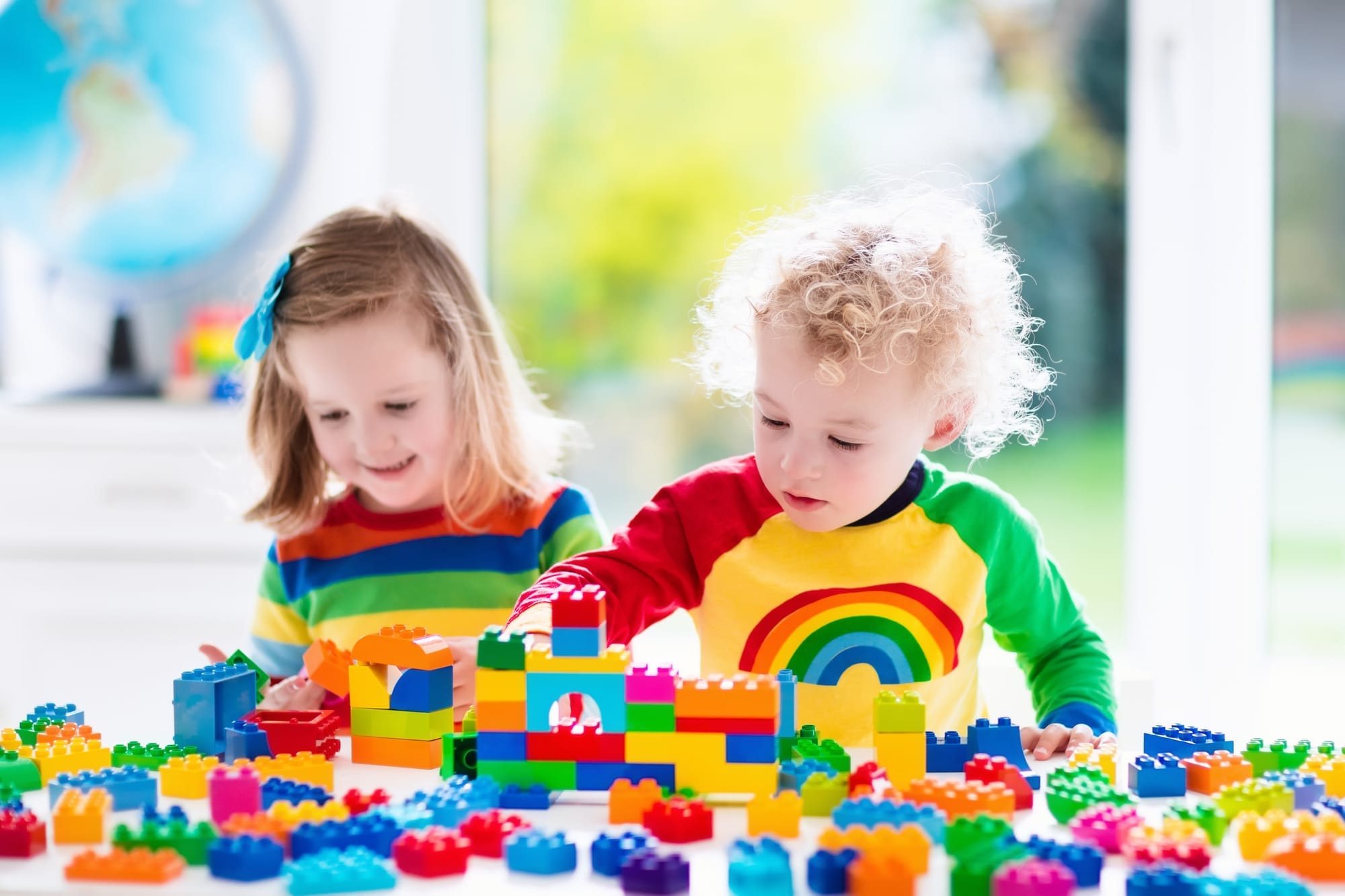
Economic Factors
Lego has been able to enjoy an approximate 12% growth every year. The reason for their growing revenues is the popularity the tiny pieces have all over the world. You still might be able to find a brick in your closet somewhere!
Interestingly, Lego is priced differently all over the world. Would you believe it if we told you that an average Lego set will set you back $672 dollars if bought in Ecuador?! It is the most expensive variation of Legos you can buy.
Naturally, this disparity got many people curious so Lego themselves answered the question by explaining that the Lego set is priced based on the number of new molds needed to manufacture the pieces, the number of pieces, the cost of licensing new country-specific characters, etc.
Other factors which affect the prices include the population of a specific country, their annual income, exchange rates, and taxation. Lego also says that some retailers in other countries change the prices of the toys too over which they have no control over.
Socio-cultural Factors
It was assumed that this brand would see a huge decline ever since the onset of the technological era where kids are more inclined towards digital entertainment. However, the brand made a very interesting presence on digital social platforms.
Their social media success is partly because of their efforts obviously but it also has a lot to do with the number of their customers uploading content featuring Lego. The central point of their social media strategy is that they promote building together and being proud of the built product.
In 2015 Lego partnered with UNICEF for a period of 3 years in order to protect the rights of children all over the world. The idea was to promote best practices for other influential businesses so as to make sure that children don’t get exploited.
One such way of protecting kids can be in the marketing practices of a company; kid-centric companies have to be wary of what and how they promote.
Being a global brand, they have a huge responsibility of being inclusive of different identities. At Lego, no discrimination exists no matter a person’s race, sexuality, gender, or culture.
They hire people to work for the company belonging to a range of different backgrounds as a means of promoting inclusivity and creativity; the more different the people are the more different and vast their ideas will be.
Outside of the epic toys they make, they have also had an impact on entertainment. There are a number of movies that have been created on Lego characters such as Lego Batman and these movies have done really well at the Box Office.
There are a bunch of Lego-based theme parks as well which are doing really well. The Brand has successfully become a phenomenon, transcending all of these years behind its inception.
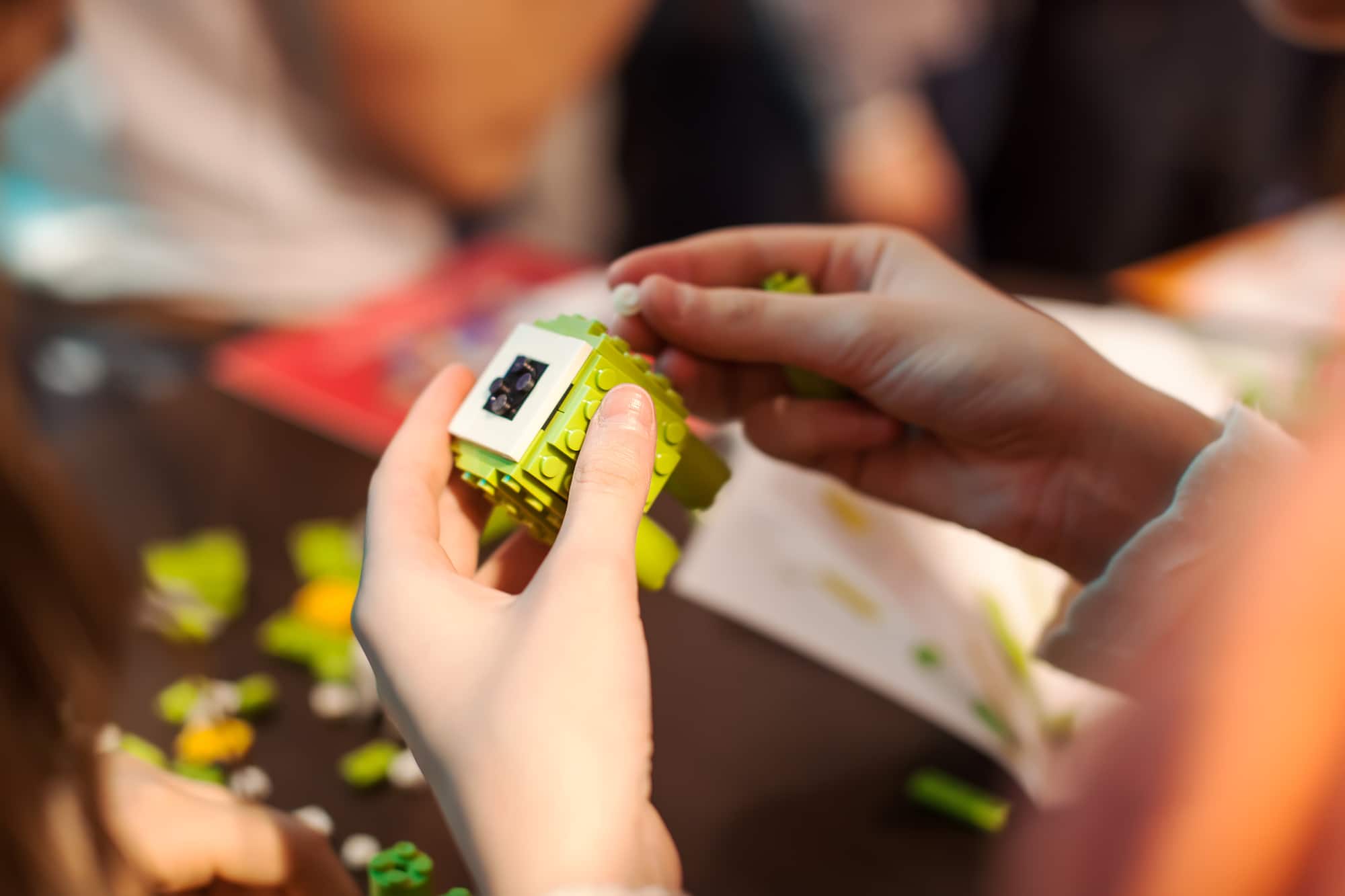
Technological Factors
Lego has been known to fund research programs around the role that toys play in the development of children. This helps them stay on top of competition during this technologically saturated time.
In 2017, they created Lego Boost, which is a robotics kit designed for kids as young as 7. It fosters engineering skills in children by improving their hand at code writing.
Ever since the onset of the Covid-19 pandemic, Lego has been working on its digital presence with the utmost priority. They are working on a 10-year plan after which they want a vast digital ecosystem so as to have just as strong an online presence as a physical one.
They have an app on their digital platforms called Lego Life which is very popular with people with over 9 million users. Their digital presence also allowed them to stay profitable during the pandemic when most businesses saw a downfall.
Other than their traditional Lego pieces we all know and love, they have a range of innovative and interactive toys which help foster STEM skills in children. Kids have options from coding for robots and engineering vehicles to race.
They have an amazing range of technology showcased in these toys. The goal is to teach children amazing and future-inspired skills at an early age all the while they have fun playing with toys.
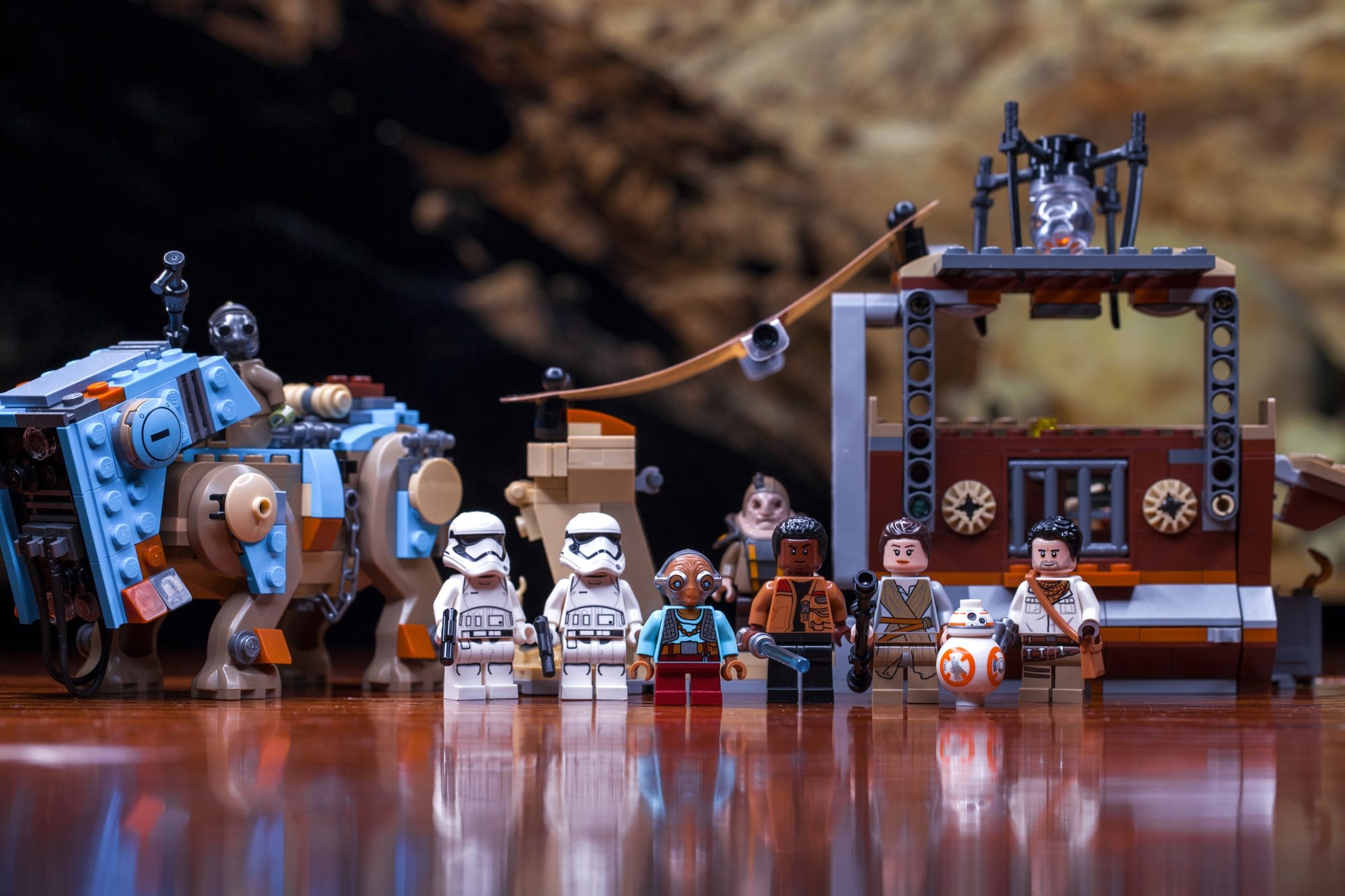
Legal Factors
When your product takes the world by storm and continues its undivided reign for decades, there are bound to be imitations available.
Lego faced the same back in 2020 when a company called ZURU came under fire for two of their products; their action toy figures and Mayka toy tape. ZURU launched in 2018 but they gained notoriety sometime after when this came to Lego’s attention.
Their action figures were extremely similar to Lego figurines so the company ended up filing a lawsuit under copyright infringement.
ZURU defended their products by stating that their figures had a very different aesthetic about them including the facial expressions, thereby not posing a threat to Lego’s identity.
Lego on the other hand continued to state that the rival company’s product was not as good in quality as their own products, so it will bring a bad name to them. They kept on insisting that the products were very similar in look. The court ruled in their favor for the figurines but not for the tape because Lego did not make the same one.
They faced a similar debacle in 2017 in China when a rival company called BELA. BELA had figurines very similar to the ones that Lego makes so they came under a lawsuit. Certain trademarks of the Lego products were even recognized by Chinese law hence Lego won the case.
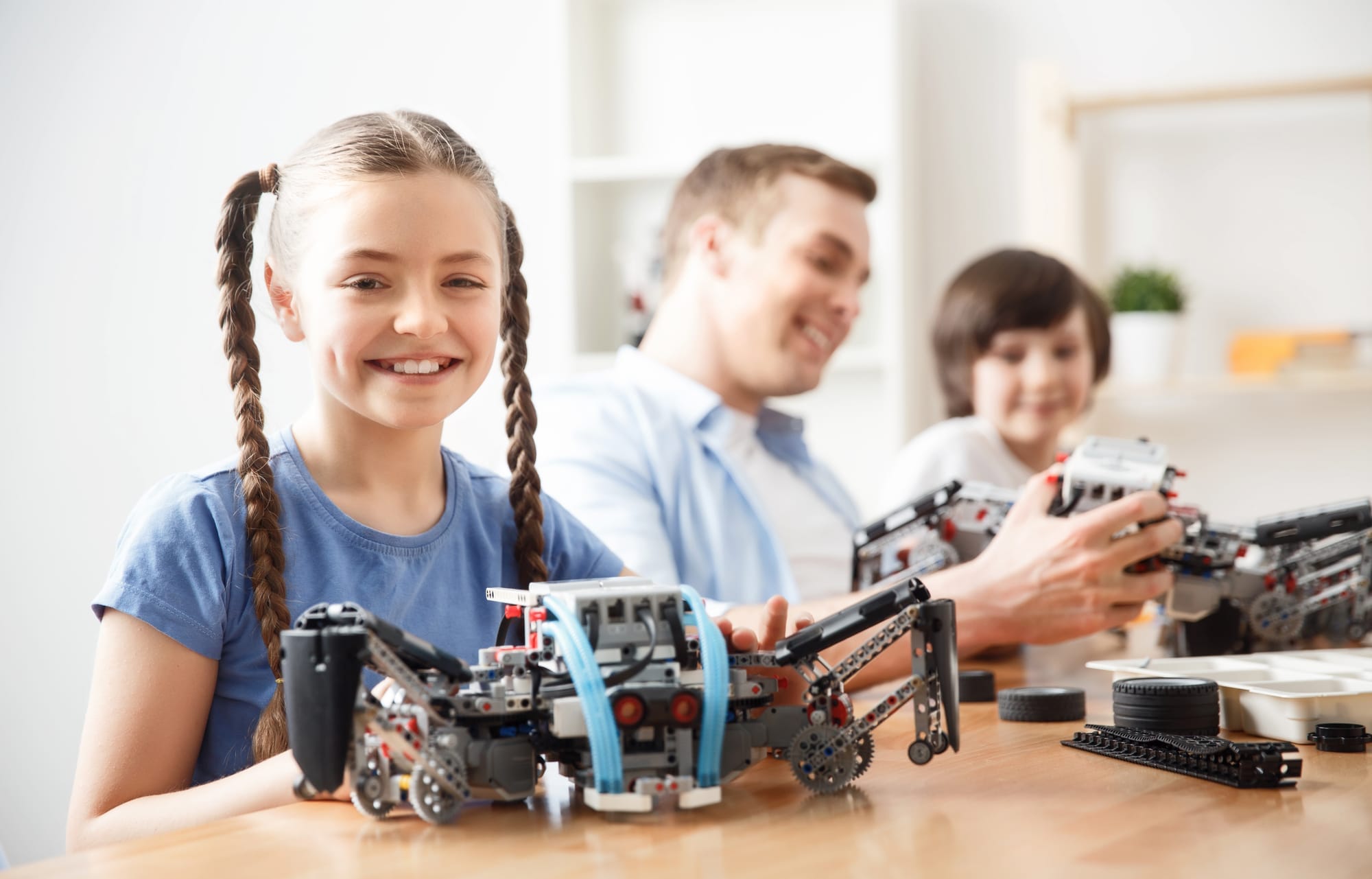
Environmental Factors
Lego has been a partner of the World Wide Fund for Nature (WWF) for a long time now. Because of this partnership, they have worked endlessly on reducing their impact on the environment all the while inspiring others to do the same.
As a part of this effort, they had planned to achieve certain things by 2020 such as reducing their overall CO2 emissions by 10% relative to the number of toy bricks they produce. This move will allow the company to save 10,000 tons per year.
They also plan to decrease the amount of waste produced relative to the number of bricks they produce by 10%.
They also work with their suppliers in order to help them identify their impact on the environment to reduce their carbon production as well. Another commitment they have is to become 100% sustainable by 2030. It is no secret that they heavily rely on plastic.
They don’t plan on replacing the plastic, rather what the plastic is made of. They use acrylonitrile-butadiene-styrene (ABS) which is a petroleum-based substance.
They have switched to a mixture containing plant-based materials but they are yet to find out how the plastic looks, feels, and appears to be the same quality and durability.
Moreover, people often donate or return their Lego kits once they are done with them and these pieces are reused over and over again.
Lego PESTLE Analysis: Final Thoughts
If you have stuck with the article till this point, we can safely assume that you now see Lego for so much more than tiny plastic pieces.
Lego has been around for a very long time and they still do not have any match in quality, global reach, and sensation. To be relevant with ever-evolving times is nothing short of exceptional.
This analysis shows that the brand does not have any major constraints or threats. Surprisingly their strategy of being quiet on political matters works for them during times when silence is also taken as a stance.
They did face a few hiccups here and there but that is something unavoidable for huge corporations. All in all, it is reasonable to say that Lego should be taken as a benchmark for best practices and excellence for other businesses.
If they truly make their entire manufacturing and supply chain process completely sustainable and plant-based, it will be an amazing achievement for the company and for the world.
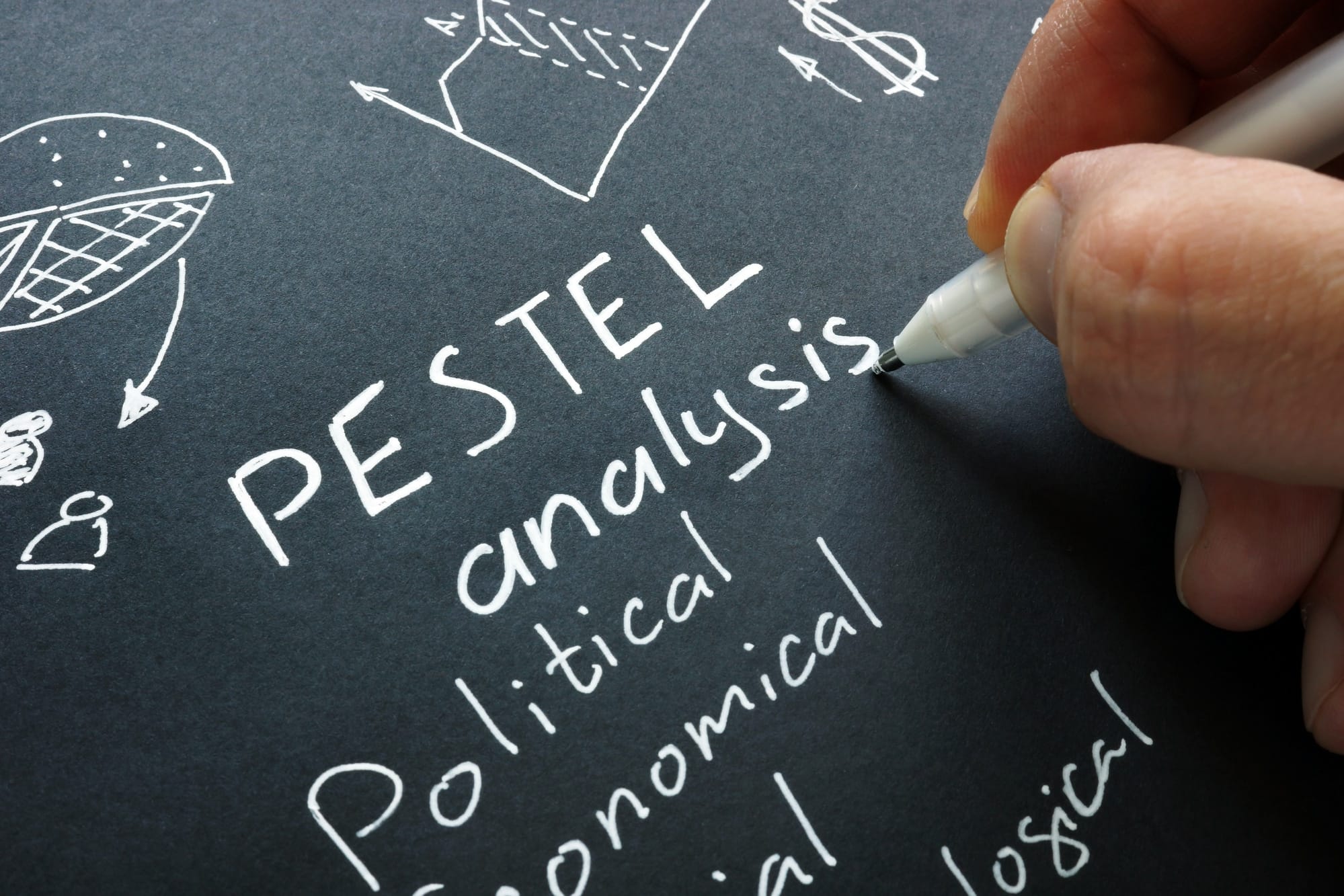
A PESTLE analysis is essentially a macroeconomic tool that is used to gauge the true position of a business, organization, or even a country from a business point of view. If one has to invest in something or somewhere, conducting a PESTLE will provide them with an epic view of what to expect.
Knowing how to conduct a PESTLE analysis is a very useful skill to have not only for business professionals but students as well. It can seem a bit overwhelming, but you can make use of a template to start before jumping straight in.
If you feel that you are confident enough to work on an analysis without any extra guidance, you should look into making use of the PESTLE framework to arrange your findings in a precise and concise manner, making it easy for you to keep track and for your audience to read and appreciate.










